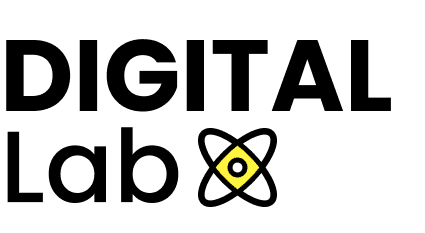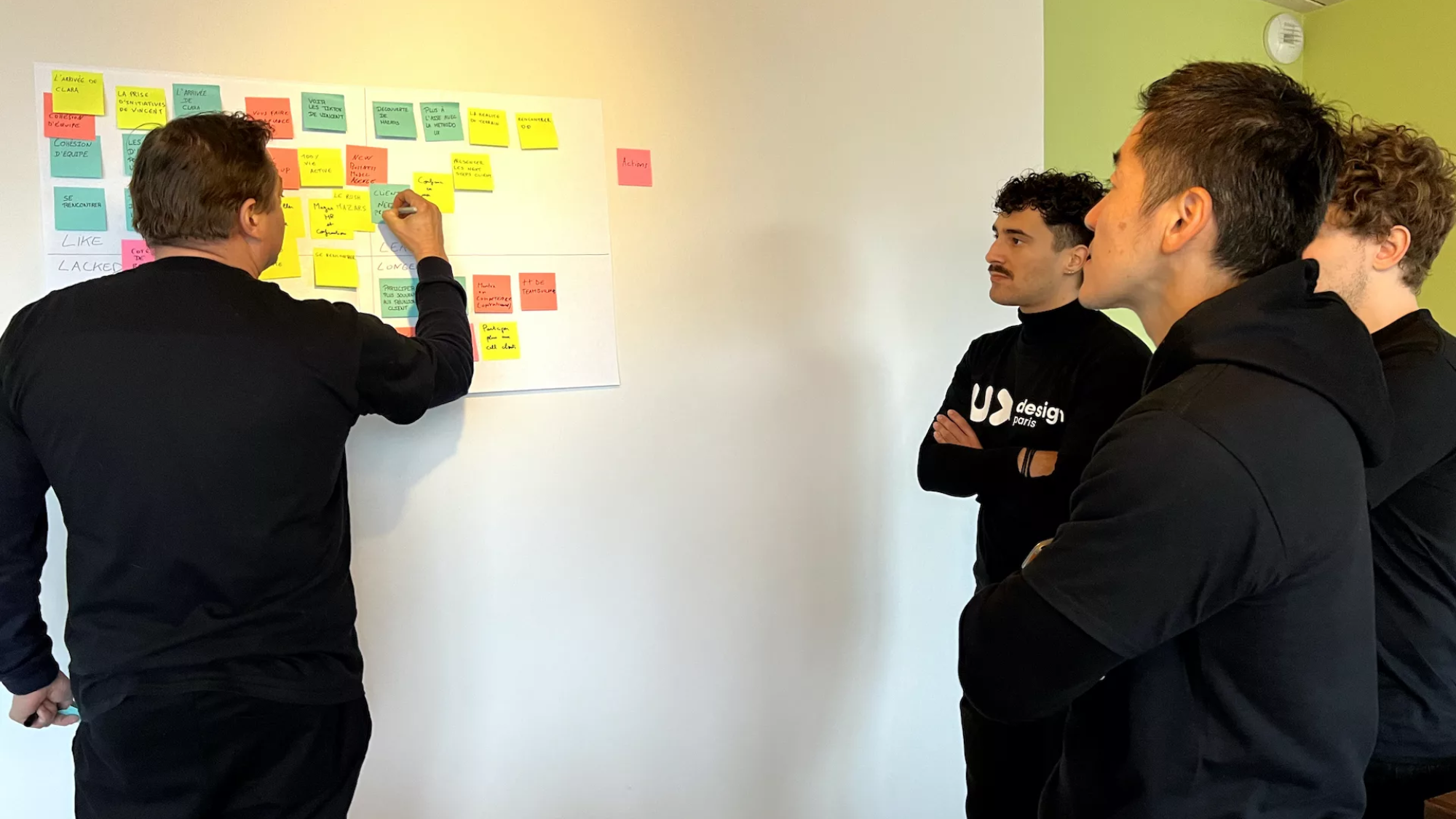The difference between a workshop and a meeting is that during a meeting, participants will naturally communicate freely with open discussions where many ideas and opinions are shared and without structuring or framing exchanges between participants, it quickly becomes chaos.
In addition, everyone has their own way of taking notes, not everyone captures the same information and the perception of information can vary from person to person.
At the end of the meeting, nothing tangible has come out and no decision has been made.
Result : Product vision goal is NOT CLEAR
The workshop unlike a meeting will allow for setting a work framework by structuring the discussions. This is where the FACILITATOR comes in who, will have to suggest this work environment to the group by structuring the discussions through sequenced exercises.
These exercises will allow the group to move towards a specific objective that was set at the beginning of the workshop. Therefore it is important to prepare the workshop well, define and share the agenda in advance.
During a meeting unlike a workshop no one was specifically designated to facilitate the discussions and interact with the group.
What is a facilitator ?
He supports project teams (often multidisciplinary and therefore complementary to teams) in problem solving, identifying objectives and project stakes, facilitates decision and making (prioritizing tasks, action planning).
The facilitator sets up a work framework to make teams collaborate more effectively, align the vision through the implementation of collaborative workshops, favoring collective intelligence.
Everybody participates and becomes a contributor by being a « source of ideas » during the workshops. The facilitator is not there to find the solution but to help the group move towards the solution.
What does he effectively do? what is his role?
Before the workshop :
- Engage in discussions with experts beforehand to get the context
- Fully understand the given assignment
- Identify the participants of the workshop
- Get familiar with the context without being an expert on the subject
- Planning the workshop (including the methods and tools that will be used as well as the supporting materials)
During the workshop :
- Remind the objectives, the framework…
- Give clear instructions on the workshop sequence
- Structure and sequence discussions
- Guide the group by helping the participants to gain a broader perspective
- Elevate the conversation level when appropriate
- Ensure good dynamics in the group making sure everyone can express themselves.
-
Timing each exercise and speaking time
-
Ensuring that the workshop is moving forward smoothly and eliminating any discussions or debates that are not directly related to the agenda
-
Capturing everything that is shared during the session and grouping common ideas
-
Restating what has been said to ensure that everyone has understood the same thing
-
Defining the next steps
After the workshop :
- Summarize everything that was shared during the session in a clear and comprehensive format
- Summarise and/or provide feedback to the teams
- List and prioritize opportunities/work areas with other workshops
- Identify impacted teams and suggest an action plan
- Plan the next steps
- Facilitate other workshops as needed
A facilitator can be valuable asset to the project teams:
-
Developing a solution without clearly identifying objectives and challenges.
-
Having a problem to solve that requires the involvement of at least 3 stakeholders.
Advantages of a workshop: Interactive & Collaborative
-
Centralizing everything onto a single platform rather than scattered across different sources (data qualitative, studies, objectives, vision, CVP, OKRs, inspirations challenges, users, use cases, pain points, opportunities)
-
Live and asynchronous communication space
-
Structuring & Sequencing discussions (importance of having a facilitator, not deviating from the scope ex.: Starting to discuss possible solutions while defining the problem)
-
Visualize discussions with a standardized note-taking system (seeing post-its on a board helps capture ideas and centralize everything in one place allows for continued contribution even after the workshop and helps with prioritization through a voting system).
-
Everyone actively participates: Generate ideas individually and then share them with the group. Everyone gives their opinion without the group effect where, often the most outgoing or highest in the hierarchy will drive the group’s reflections. The more introverted who usually listen more during traditional meetings, will be able to give their opinion and contribute.
-
Definition of next steps (deciding on the next actions and assigning responsibilities/tasks to each impacted team).

